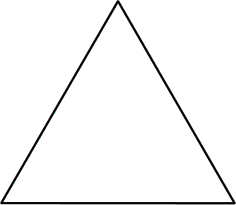25 SEP 2025 by ideonexus
 Metaphors Bind Concepts Together in Our Minds
Metaphors Bind Concepts Together in Our Minds
We are told in school, quite correctly. that a metaphor suggests what a thing is like by comparing it to something else. And by the power of its suggestion. it so fixes a conception in our minds that we cannot imagine the one thing without the other: Light is a wave; language, a tree; God, a wise and venerable man; the mind, a dark cavern illuminated by knowledge. And if these metaphors no longer serve us, we must, in the nature of the matter, find others that will. Light is a particle; langu...Folksonomies: new media epistemology
Folksonomies: new media epistemology
17 NOV 2014 by ideonexus
 An Eloquent Description of Science and Wonder
An Eloquent Description of Science and Wonder
As I gathered information for this book, I was continually reminded of the reality that science, rooted as it is in the certainties of the physical world, is a process that necessarily unfolds over time. In school, science classes tend to work according to this linear model; there's a “beginning, middle, and end” to science investigations, no matter how hard teachers may fight the “cookbook” reductionism that threatens true scientific inquiry. Yet, in probing further, I came to unders...14 APR 2012 by ideonexus
 Energy from the Sun to Earth
Energy from the Sun to Earth
It is a feature of the way the world is made that two protons together have less mass than two protons separately. This is a startling but indisputable fact. Weigh two protons separately, then weigh them together: the numbers don't match. The numbers differ by about 1 percent. This curious difference is not to be explained by some law of nature; it is a law of nature, as basic to the way the world works as any fact in our possession. The mass discrepancy is equivalent to an amount of energy g...Starting with the LAW that two protons together have less mass that two apart.
29 MAR 2012 by ideonexus
 Why Nothing Can Go Faster Than the Speed of Light
Why Nothing Can Go Faster Than the Speed of Light
Einstein's equation gives us the most concrete explanation
for the central fact that nothing can travel faster than light speed. You may have wondered, for instance, why we can't take some
object, a muon say, that an accelerator has boosted up to 667 million miles per hour—99.5 percent of light speed—and "push it a
bit harder," getting it to 99.9 percent of light speed, and then "really push it harder" impelling it to cross the light-speed barrier.
Einstein's formula explains why such eff...Because its mass will become infinite.




